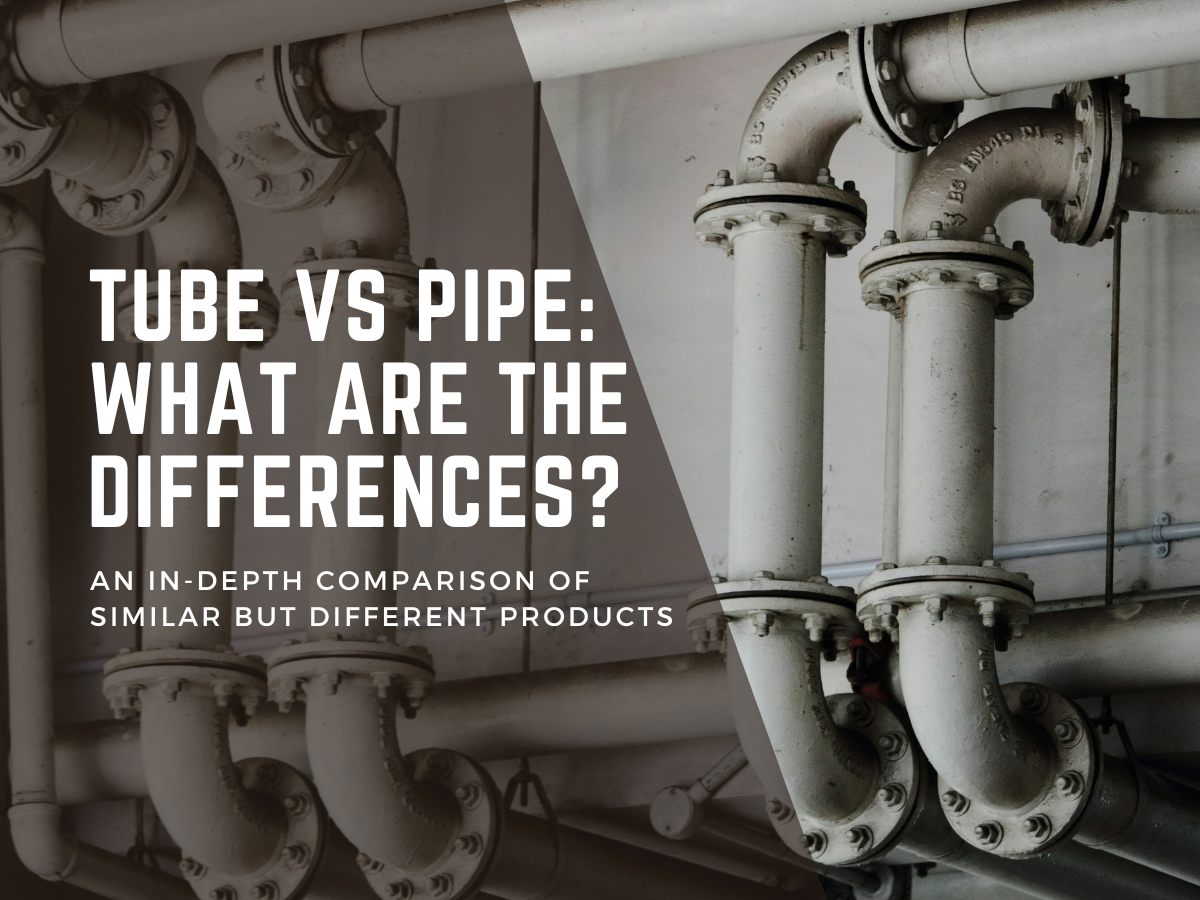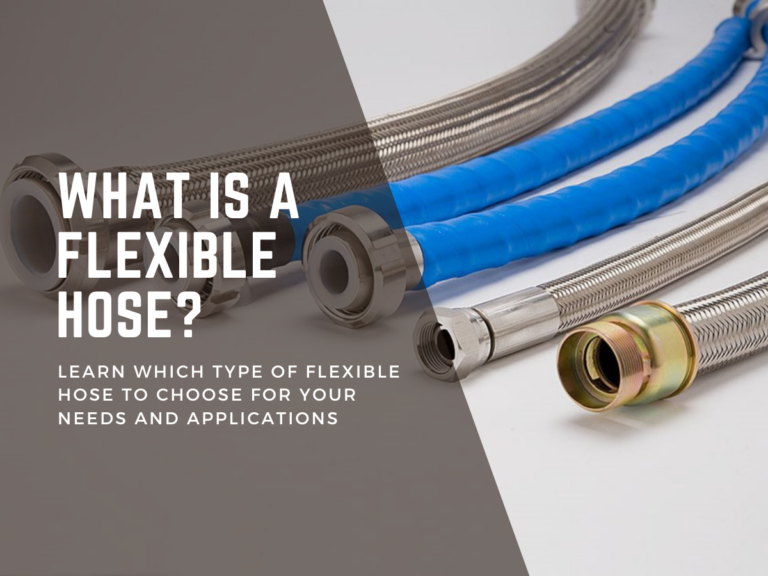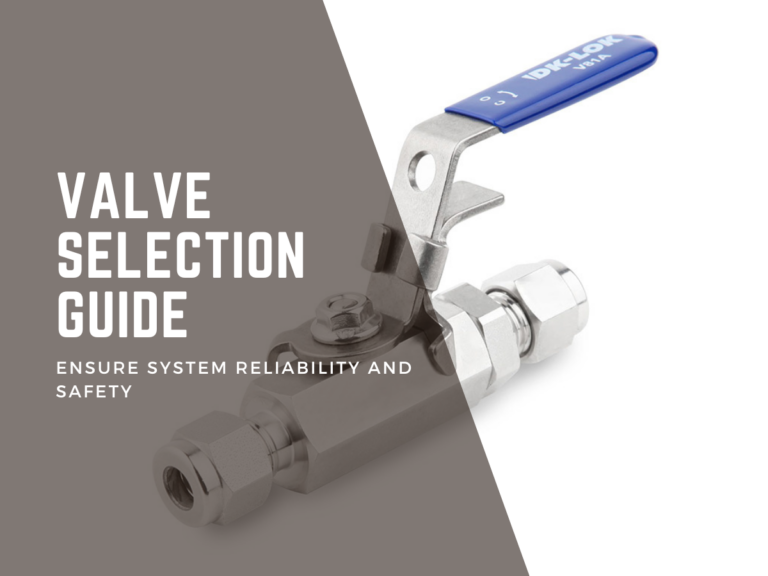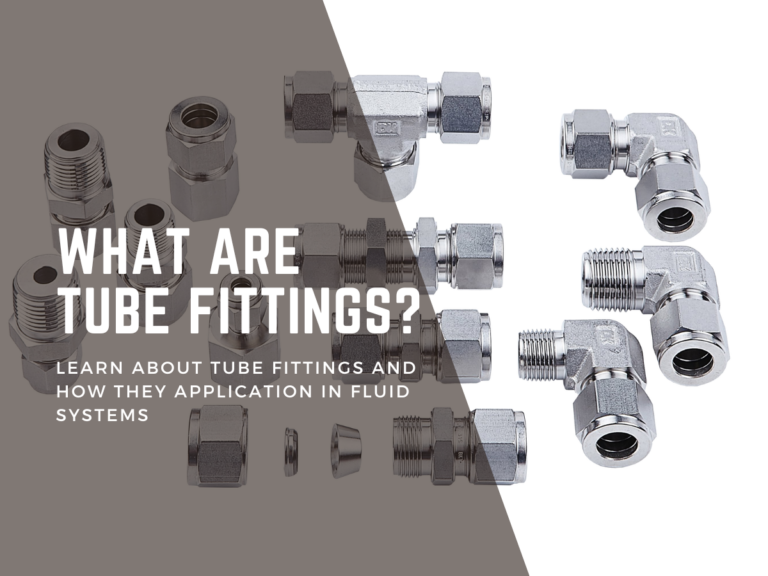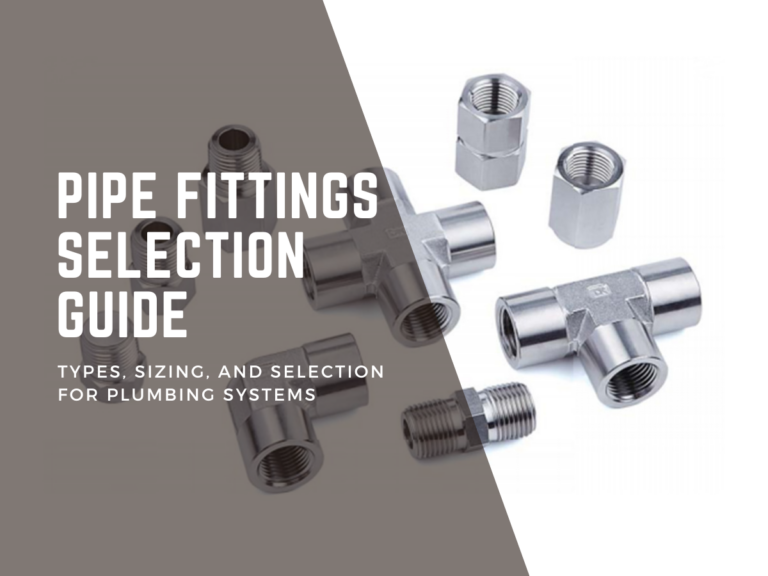Tube vs. Pipe : What Are Differences and a Comparison
It’s important to understand the difference between a tube and a pipe to facilitate your parts ordering process. Too often, these terms are used interchangeably, but you need to know which one would work best for your application. Are you ready to finally understand when to use tubes versus pipes? Simlecco is a trusted distributor of DK-LOK tube and pipe fittings, and the team is available if you have further questions after reading this informative guide.
Tubes Vs. Pipes: Know the Difference
Let’s start with a description of tubes and pipes before looking at factors that impact your inventory decisions. These parts serve unique purposes and look different from one another. As you’ll see, tubes work well for structural applications requiring tight tolerances. On the other hand, pipes reliably move gases and fluids throughout your facility. Keep reading to learn the essential differences between these categories.
What Are Tubes?
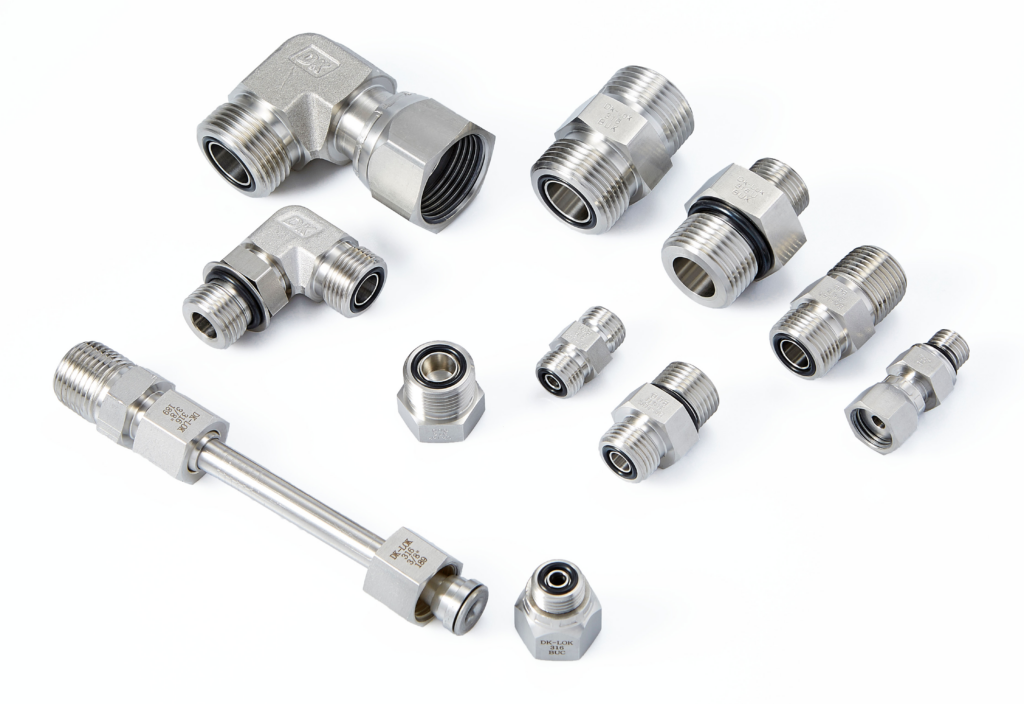
Generally, tubes are used for structural purposes, so the outer diameter (OD) is an exact number. When ordering tubes, you use OD and wall thickness (WT) to determine which size will meet your needs. Because tubes have tight manufacturing tolerances (measured OD versus actual OD), they cost more than pipes.
Material choice impacts the accuracy of tubing. Copper tubes have a measured OD that’s 1/8-inch larger than the actual OD. Stainless steel, steel, and aluminum tubes are accurate within 0.04 inches of the stated size, making these materials ideal for precise jobs with low tolerances.
What Are Pipes?
Pipes usually move fluids and gases from one location to another. For example, plumbing pipes remove wastewater from your home to the septic system or municipal sewer authority. Nominal Pipe Size (NPS) and Schedule (wall thickness) are used to categorize pipes for different purposes.
Nominal Pipe Sizes from 1/8” to 12” have a different outside diameter (OD) than the measured OD, following set standards. NPS doesn’t refer to the ID for smaller pipes, but it’s confusing because of how the standard was established. When in doubt, send your specifications to a knowledgeable salesperson to ensure you order the right pipe size for your projects in plumbing, engineering, construction, and other industries. Keep in mind that nominal OD doesn’t change no matter what wall thickness a pipe has.
How Are Tubes and Pipes Used Differently?
Although many people use these terms interchangeably, there are important differences in how you order the materials. Tubes and pipes also have different tolerances, as follows:
- Outer diameter is important for tubes used in structural applications. For example, medical devices require high accuracy, with the OD determining maximum volume.
- For pipes, capacity holds more importance, so you can effectively transport liquids and gas.
- With a circular shape, pipes handle pressure well. However, it’s crucial to know the capacity requirements for liquid or gas contents.
These are just a few key ways that working with tubes and pipes vary.
Ordering Your DK-LOK Tub or Pipe Fittings From Simlecco
When ordering your DK-LOK tube fittings or pipe fittings, it’s important to understand key features that play a role in selecting the right connectors for your application.
What Shape and Size Works Best for Your Project?
If you need a square or rectangular shape, go with a tube. Both tubes and pipes come in round shapes. High-tolerance tubes with strict specifications work well when you need to meet high standards. To order pipes, use the nominal pipe size (NPS) standard and schedule number (wall thickness (schedule number). Keep the following in mind before placing your order:
- Size: Familiarize yourself with the different diameters for tubing and pipe diameters.
- Pressure and Temperature Rating: Does the fitting have the right specifications to hand the temperature and pressure needed for your intended application.
- Connection Type: DK-LOK has tube-to-pipe, tube-to-tube, bulkheads, etc.
Other Factors Affecting Your Decision
Tubes telescope or expand inside one another via sleeves. However, if you’re looking for a rigid material that holds its shape, consider durable plastic pipes. On the other hand, you can bend and twist tubing to meet your criterion. It won’t wrinkle or fracture.
Whereas pipes are hot rolled, tubes are formed through hot or cold rolling. However, manufacturers can galvanize both. How do size and strength factor into your purchasing decision? Pipes typically suit large jobs, whereas tubes work well when your design calls for small diameters. Additionally, tubes lend durability and strength to your project.
Tube Fitting Examples
Choose a tube fitting that suits your application. From adapters that connect two tubes to wye intersections that regulate flow, there are many types of tube fittings to choose from.
Similarly, couplings connect tubes via soldering and solvent. Unions join similar tubes and are easy to separate. Using mechanical fasteners, sleeves quickly connect two or more tubes and are welded or soldered into place.
T-shaped intersections join three tubes while elbow tubes angle in different directions for added flexibility at 90, 45, and 22.5 degrees. You can also choose a 4-way connector with multiple outlets. Additionally, wyes consist of a Y-shaped intersection involving three-piece tubing.
This is just a spattering of the types of DK-Lok tube fittings available through Simlecco. We can help you find the right fittings to meet your needs.
Pipe Fitting Examples
Pipe fittings have similar categories as tubes, including elbow fittings. You can use them to change the direction of flow. They come in a variety of configurations, including 45, 90, and 180-degree connectors.
Bushing fittings connect two pipes. The pipes don’t have to be the same size. This flexibility makes up for some of the challenges associated with these fittings. Tee pipe fittings are great if you need to split or combine water flow. Meanwhile, wye fittings branch at 45-degree angles to facilitate diverting pipe applications.
There are also specialized tubes, pipes, and fittings to tie them together. If you need any assistance at all, the team at Simlecco can help. We recommend DK-LOK fittings because they have a history of high performance across all product lines. DK-LOK products are also extremely affordable, so you could end up saving money too. Here’s a pipe fitting selection guide to guide you through the process.
Summary
Now you know that pipes and tubes are more than synonyms of one another. Pipes specialize in moving fluids safely and must withstand an intense amount of pressure. Tubes serve structural and other purposes and may cost more. Knowledge is power and knowing the difference and similarities between tubes and pipes can help you select the right equipment. DK-LOK fittings connect these components and improve performance when upgraded.
Contact Simlecco to order pipe fittings and tube fittings as well as other products needed to surpass the expectations of your customers.

